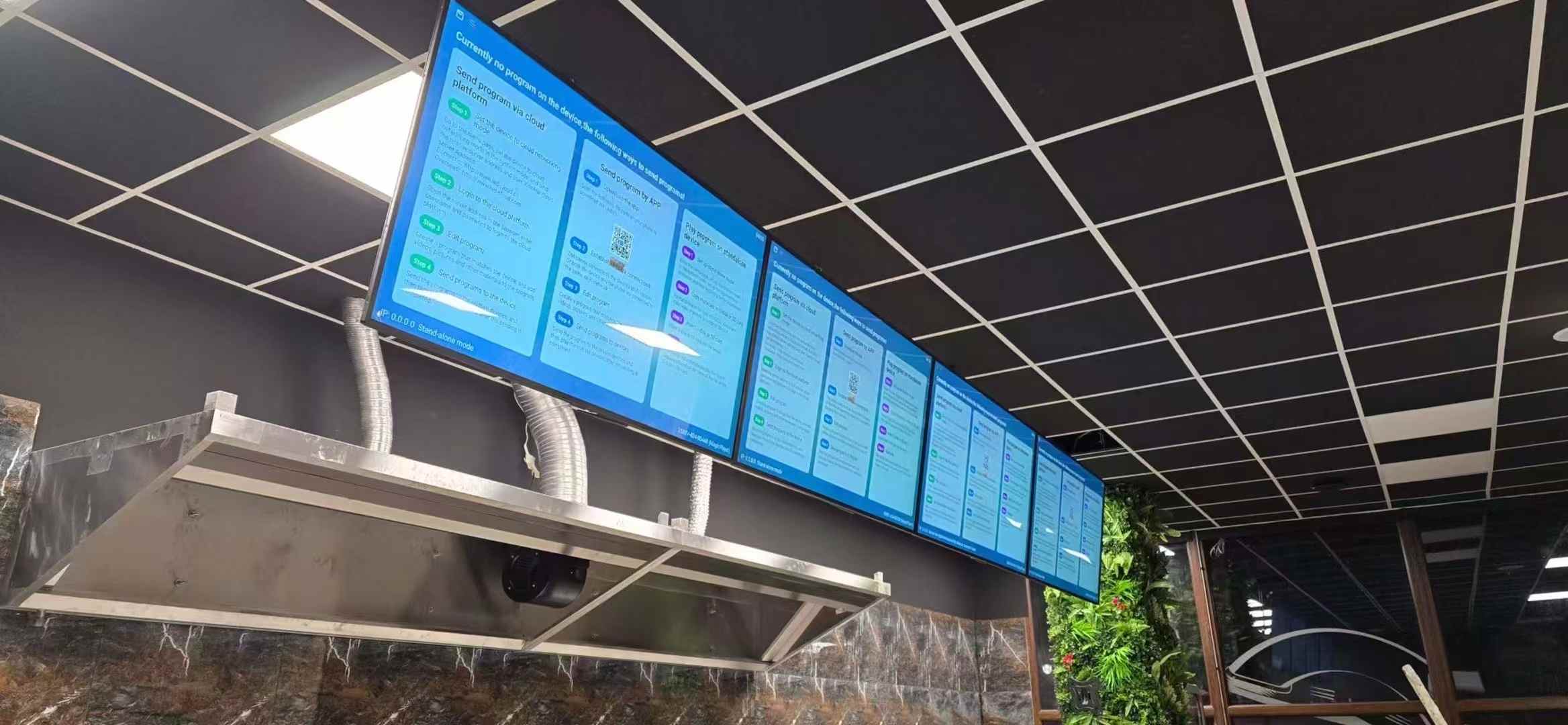Engineering Case Study: Wall-Mounted Advertising Display System
In the modern era of digital transformation, advertising has evolved significantly from traditional static posters to dynamic, interactive digital displays. Wall-mounted advertising machines, also known as digital signage, have become a popular medium for businesses to engage with their audience. This case study delves into the engineering aspects of designing, implementing, and optimizing a wall-mounted advertising display system for a high-traffic retail environment.
Project Overview
The project was initiated by a leading retail chain aiming to enhance customer engagement and boost sales through targeted advertising. The goal was to install wall-mounted advertising machines across multiple store locations, each capable of displaying high-resolution content, interactive features, and real-time updates.
Requirements Analysis
1. Display Quality: The wall-mounted advertising machines needed to support high-definition (HD) and ultra-high-definition (UHD) content to ensure vibrant and clear visuals.
2. Durability: Given the high-traffic nature of retail environments, the displays had to be robust, with resistance to dust, moisture, and physical impacts.
3. Interactivity: Touchscreen capabilities were required to allow customers to interact with the content, such as browsing products, accessing promotions, and providing feedback.
4. Connectivity: Seamless integration with the store's network for real-time content updates and remote management was essential.
5. Energy Efficiency: The system had to be energy-efficient to minimize operational costs and environmental impact.
6. Aesthetics: The design had to be sleek and modern, complementing the store's interior decor.
Hardware Components
1. Display Panel: Selected a 55-inch UHD LED panel with a high brightness level (500 nits) to ensure visibility even in well-lit environments.
2. Enclosure: Designed a custom aluminum enclosure with an IP65 rating for dust and water resistance. The enclosure included ventilation slots with dust filters to prevent overheating.
3. Touchscreen Interface: Integrated a multi-touch capacitive touchscreen with a responsive and durable surface to withstand frequent use.
4. Media Player: Utilized a high-performance media player with sufficient processing power to handle HD/UHD content and support various multimedia formats.
5. Mounting System: Developed a robust wall-mounting system with adjustable tilt and swivel features for optimal viewing angles.
6. Power Supply: Incorporated an energy-efficient power supply unit with automatic voltage regulation to ensure stable operation.
Software Components
1. Content Management System (CMS): Implemented a cloud-based CMS for centralized control of content across all displays. The CMS allowed for scheduling, real-time updates, and analytics.
2. Interactive Application: Developed a custom interactive application enabling customers to browse products, view promotions, and access additional information.
3. Remote Monitoring: Integrated remote monitoring tools to track the status of each display, including power usage, temperature, and connectivity.

